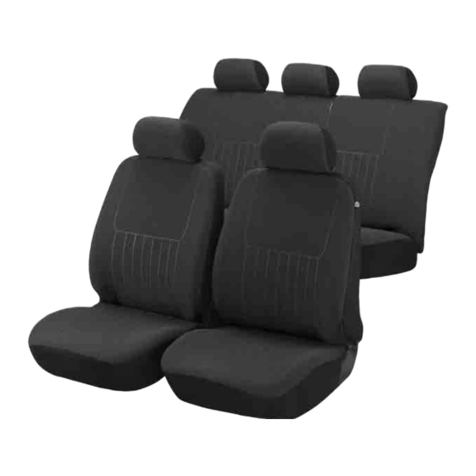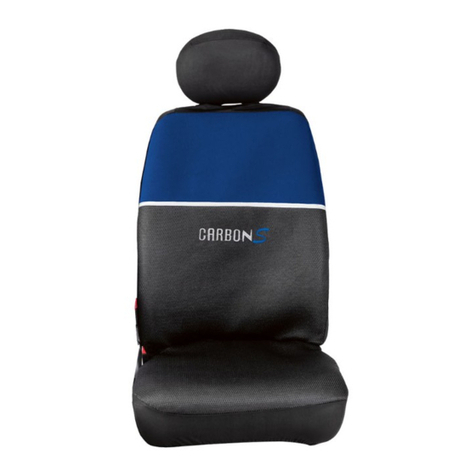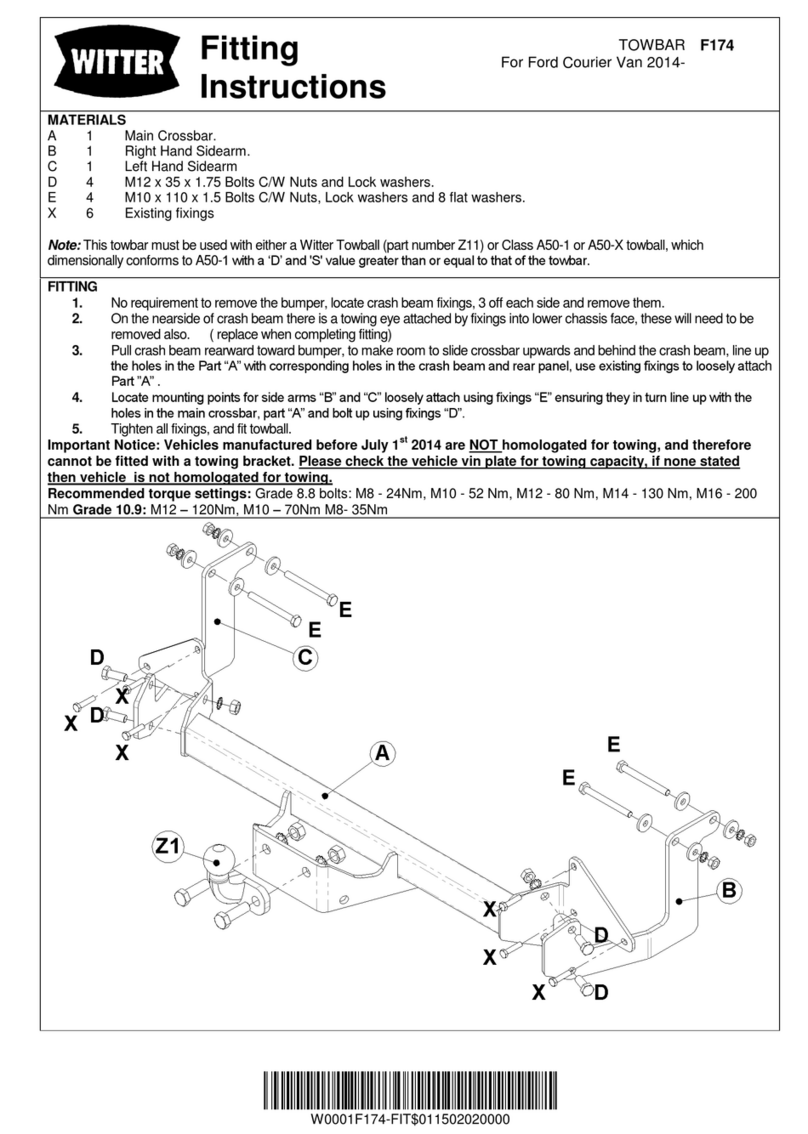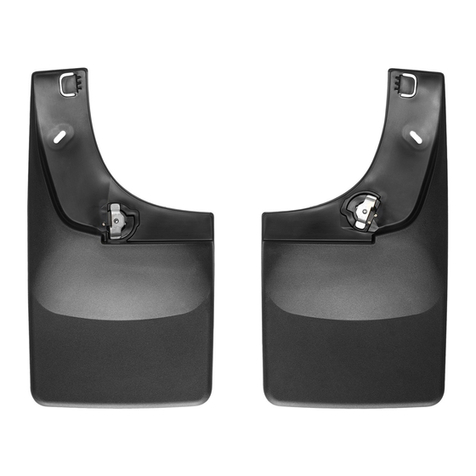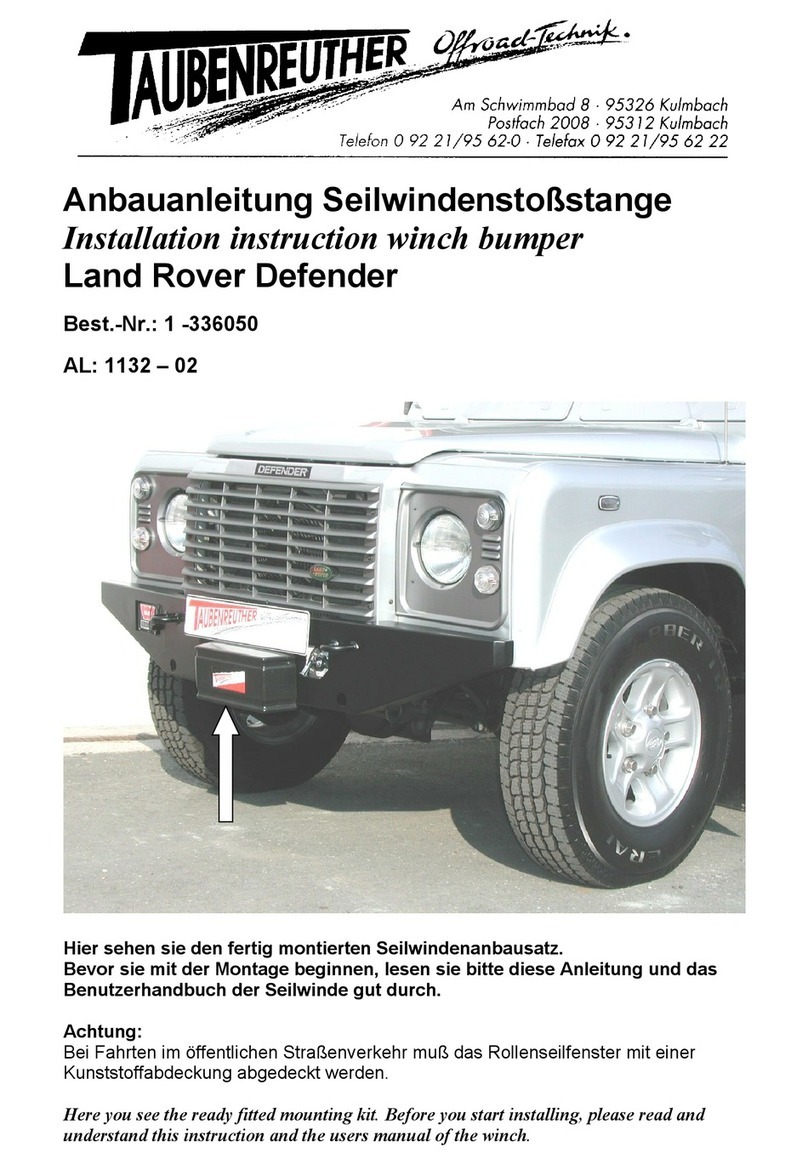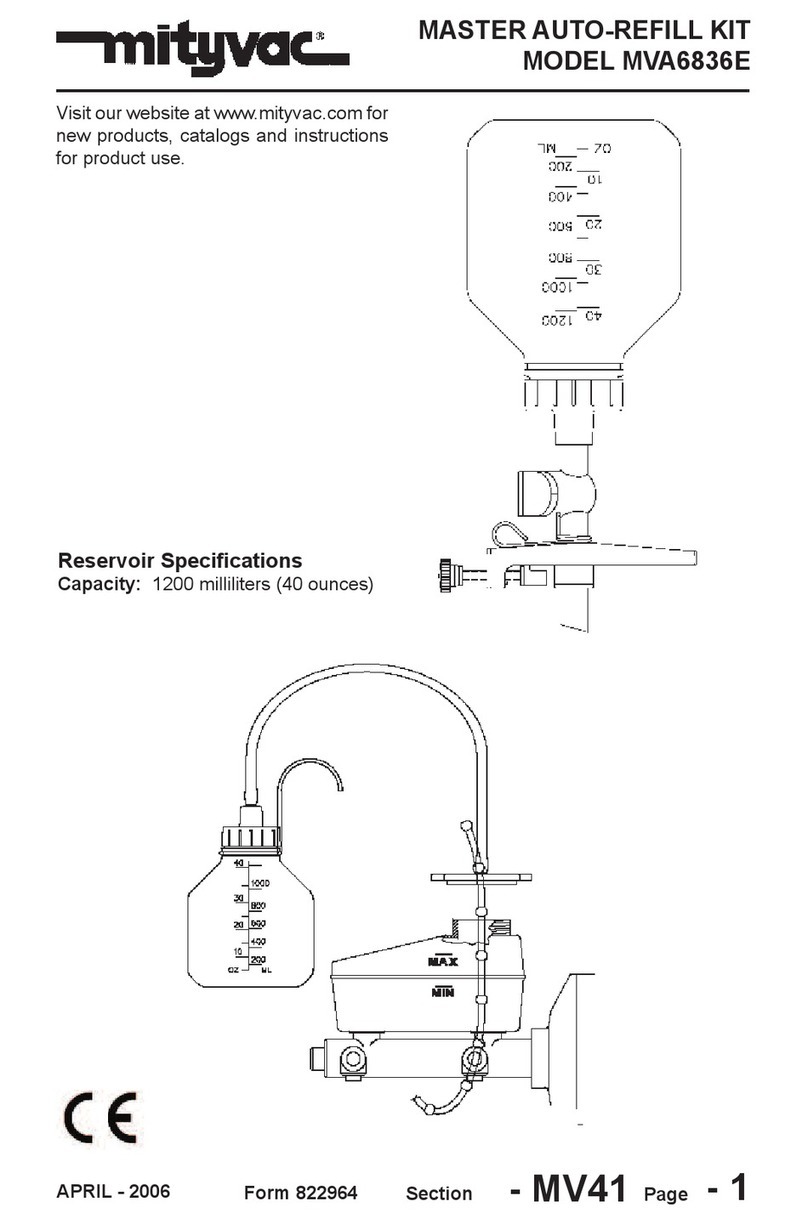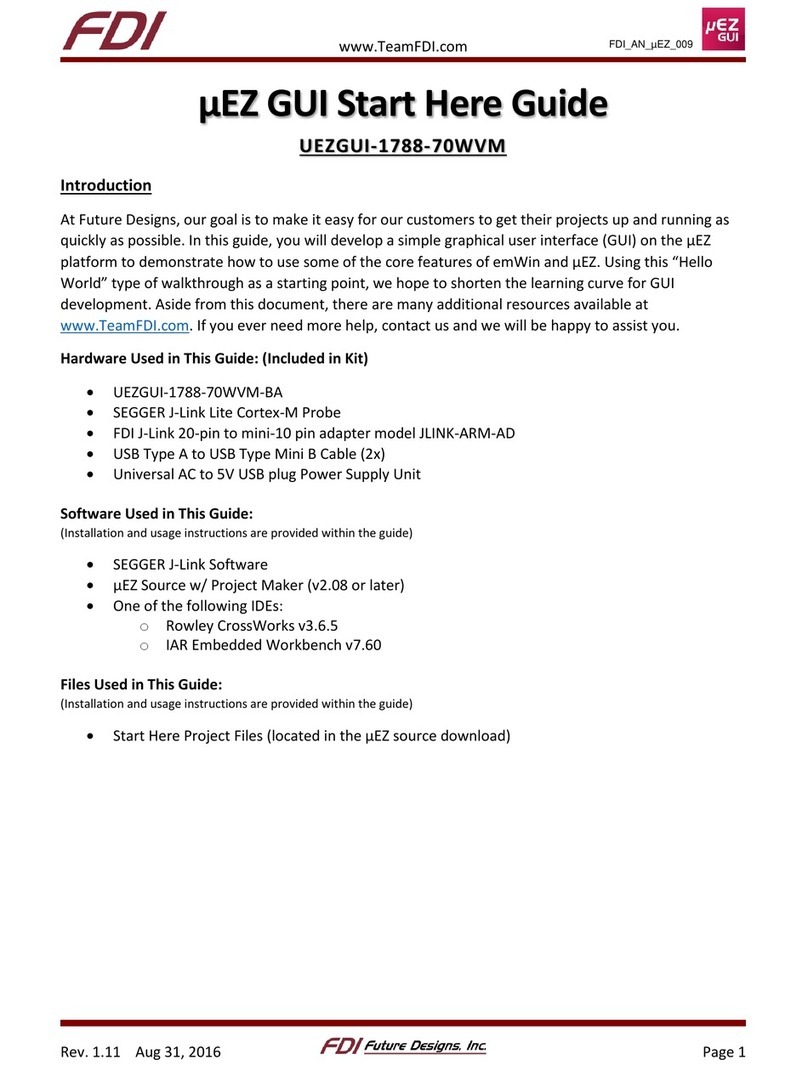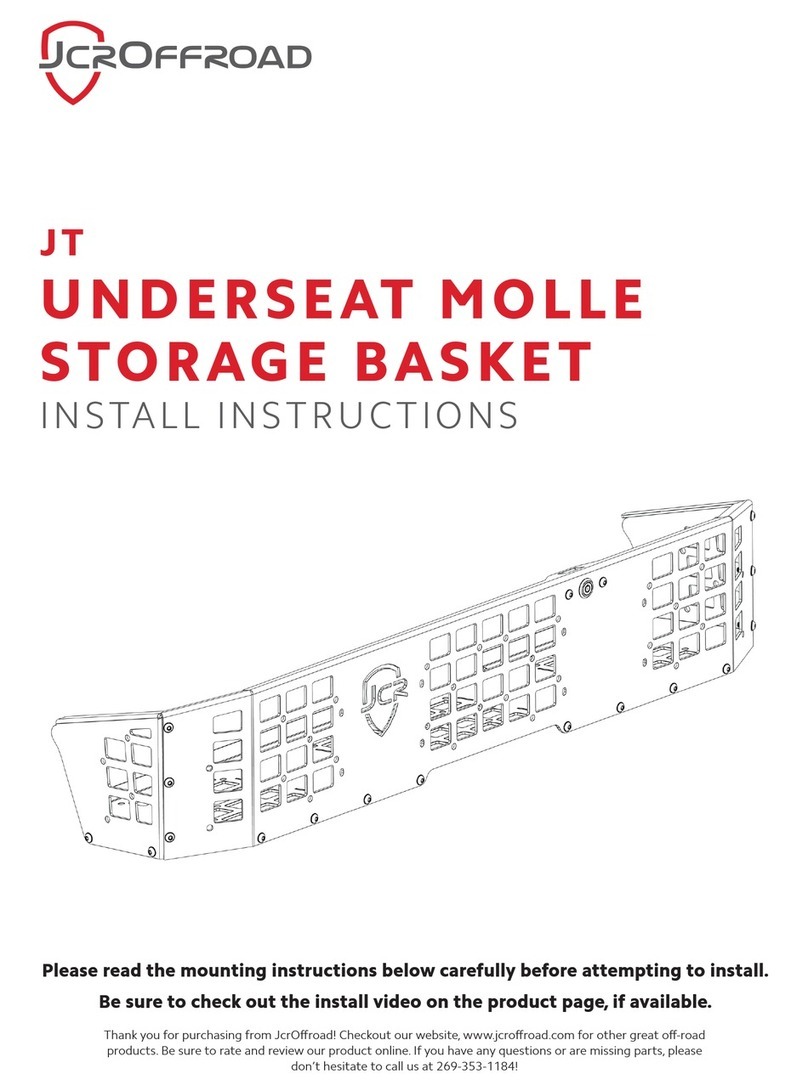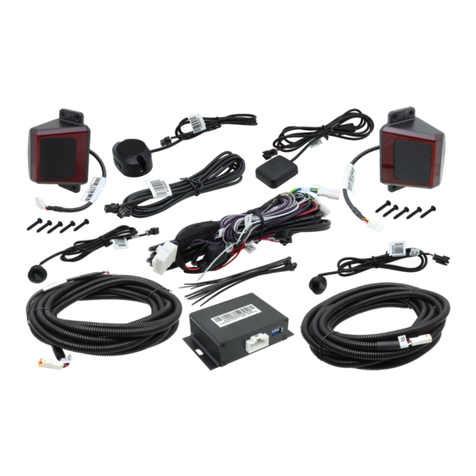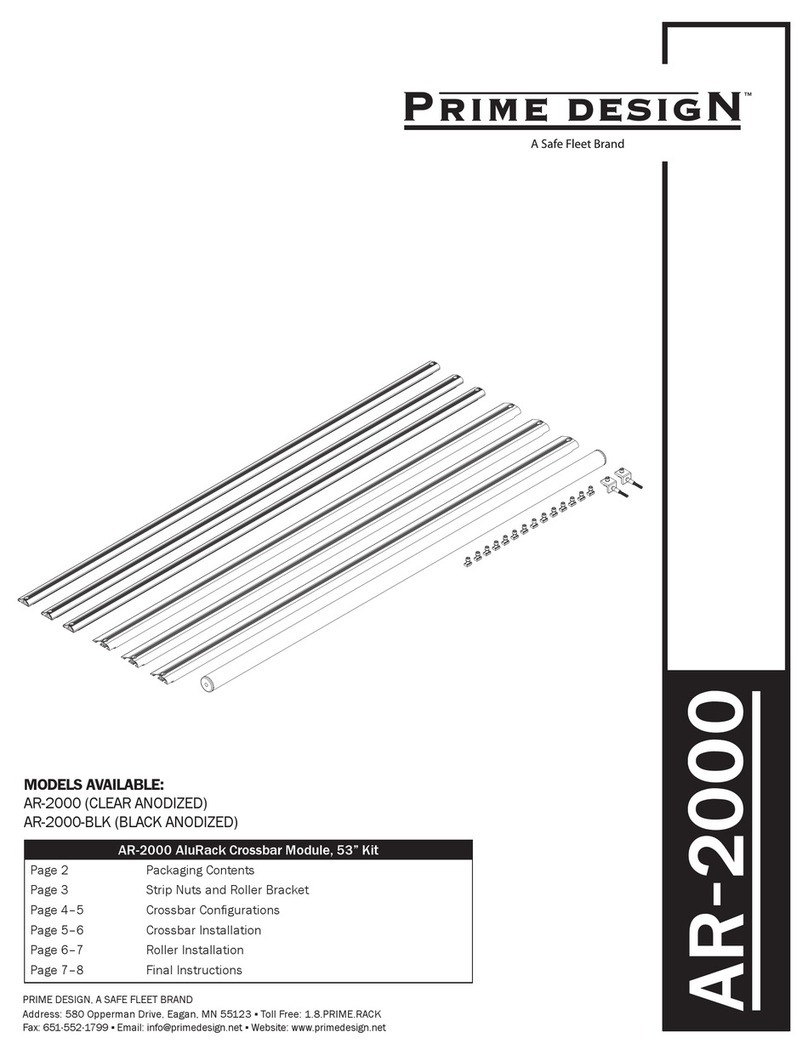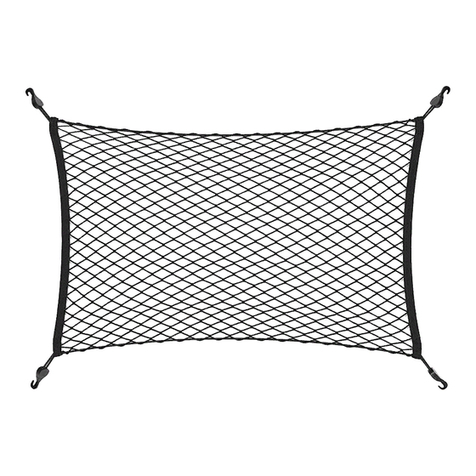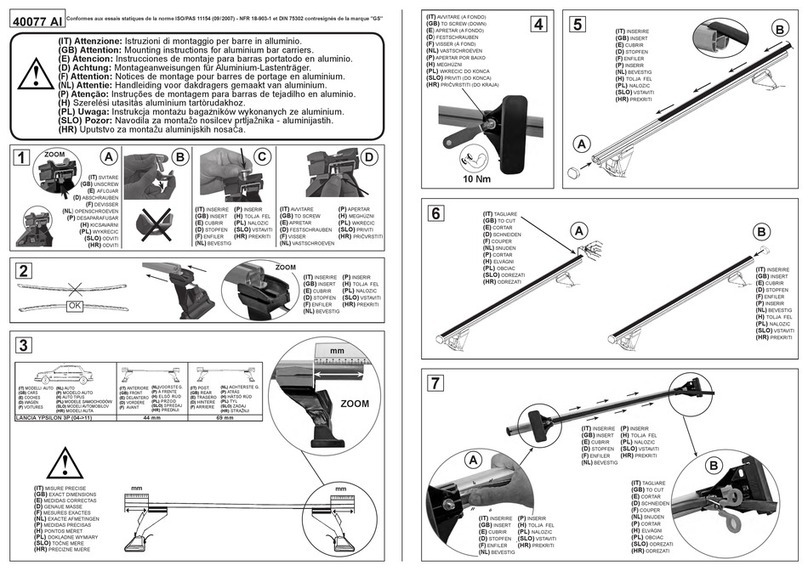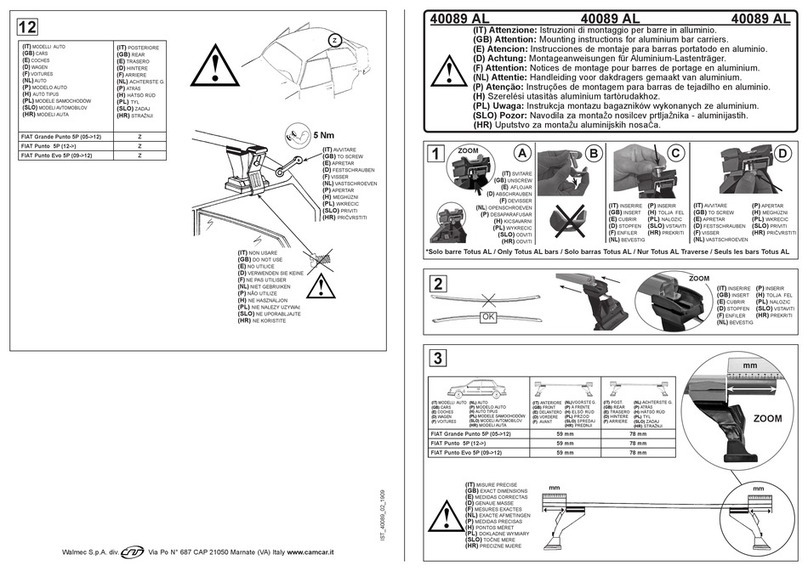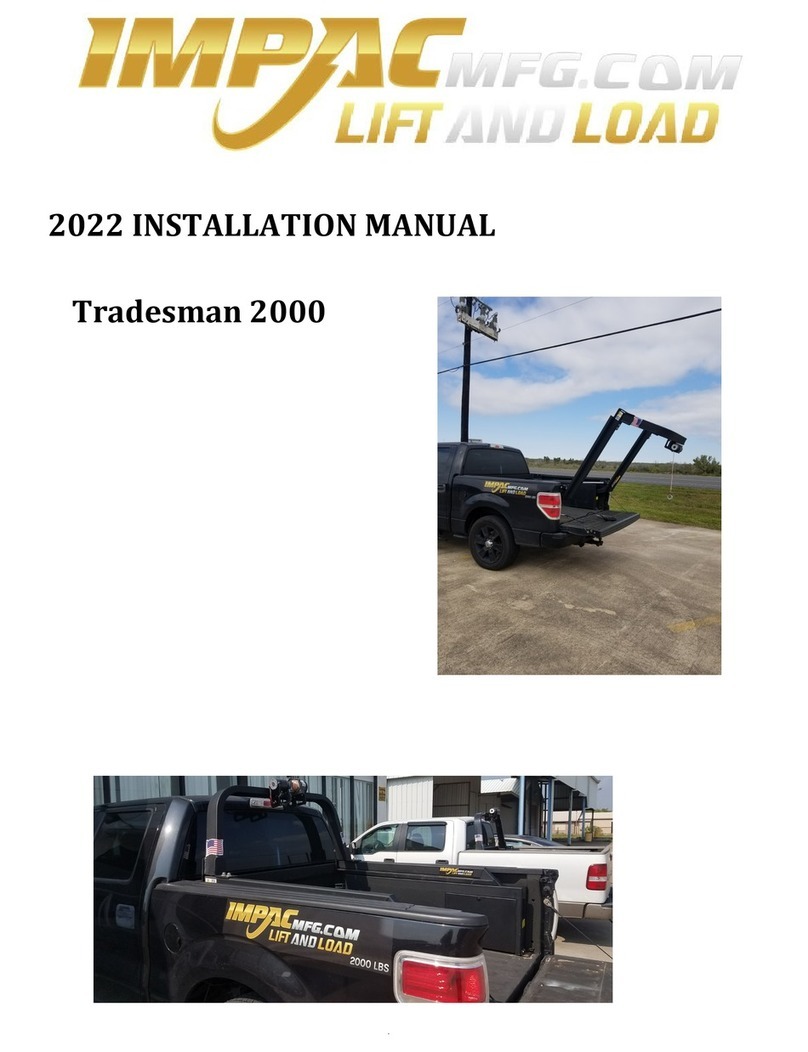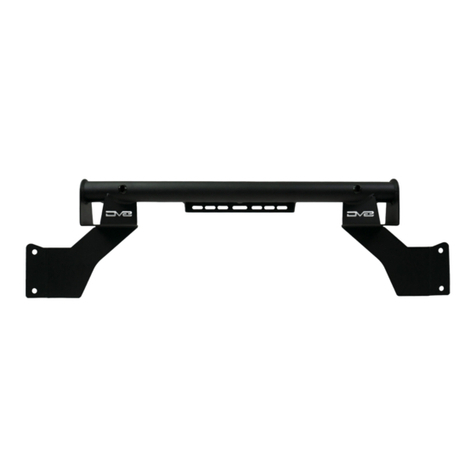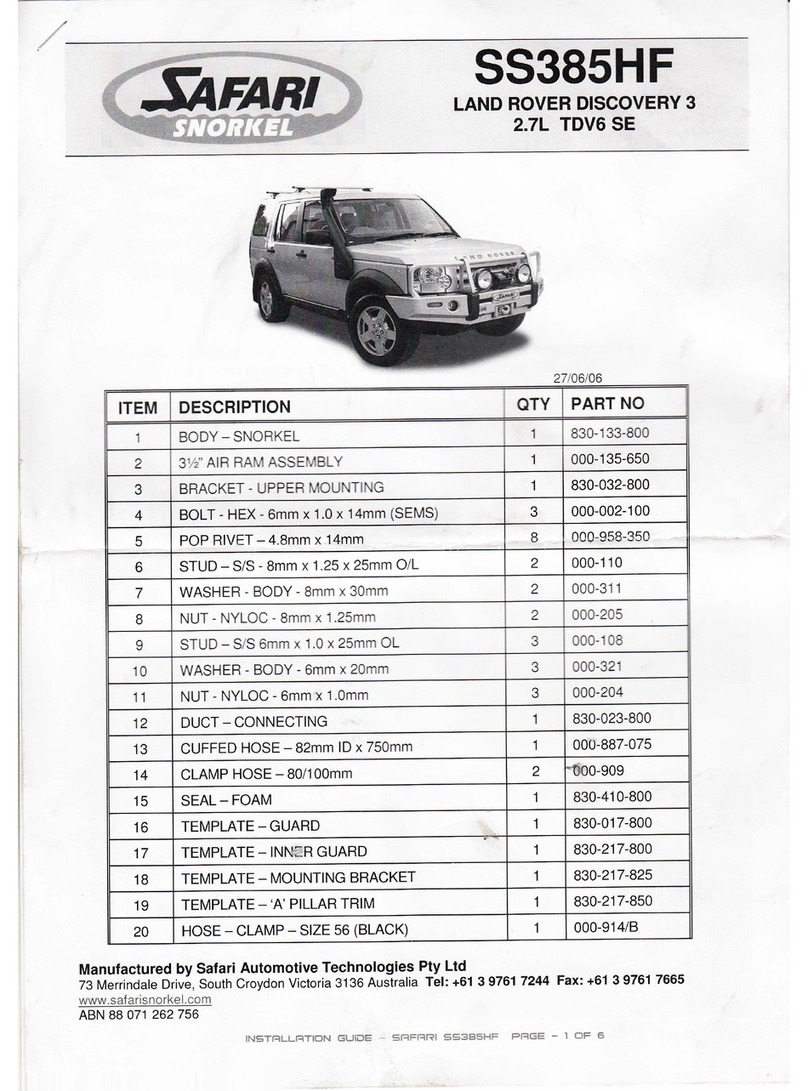
Page Number - 6 Form 801672F
Americas:
One Lincoln Way
St. Louis, MO 63120-1578
USA
Phone +1.314.679.4200
Fax +1.800.424.5359
© Copyright Lincoln Indistrail
Corp. 2015
Printed in Taiwan
Web site:
www.lincolnindustrial.com
Europe /Africa/Middle East
Lincoln GmbH
Heinrich-Hertz-Str. 2-8
69190 Walldorf - Germany
Phone/Fax +49.6227.33-0/-259
www.lincolnindustrial.de
Lincoln Industrial Standard Warranty
LIMITED WARRANTY
Lincoln warrants the equipment manufactured and supplied by Lincoln to be free from defects in material and workmanship for a period of
one (1) year following the date of purchase, excluding therefrom any special, extended, or limited warranty published by Lincoln. If equipment
is determined to be defective during this warranty period, it will be repaired or replaced, within Lincoln’s sole discretion, without charge.
This warranty is conditioned upon the determination of a Lincoln authorized representative that the equipment is defective. To
obtain repair or replacement, you must ship the equipment, transportation charges prepaid, with proof of purchase to a Lincoln
Authorized Warranty and Service Center within the warranty period.
This warranty is extended to the original retail purchaser only. This warranty does not apply to equipment damaged from accident, overload,
abuse, misuse, negligence, faulty installation or abrasive or corrosive material, equipment that has been altered, or equipment repaired by
anyone not authorized by Lincoln. This warranty applies only to equipment installed, operated and maintained in strict accordance with the
written specications and recommendations provided by Lincoln or its authorized eld personnel.
THIS WARRANTY IS EXCLUSIVE AND IS IN LIEU OF ANY OTHER WARRANTIES, EXPRESS OR IMPLIED, INCLUDING, BUT NOT
LIMITED TO, THE WARRANTY OF MERCHANTIBILITY OR WARRANTY OF FITNESS FOR A PARTICULAR PURPOSE.
In no event shall Lincoln be liable for incidental or consequential damages. Lincoln’s liability for any claim for loss or damages
arising out of the sale, resale or use of any Lincoln equipment shall in no event exceed the purchase price. Some jurisdictions
do not allow the exclusion or limitation of incidental or consequential damages, therefore the above limitation or exclusion may
not apply to you.
This warranty gives you specic legal rights. You may also have other rights that vary by jurisdiction.
Customers not located in the Western Hemisphere or East Asia: Please contact Lincoln GmbH & Co. KG, Walldorf, Germany, for your
warranty rights.
Lincoln Industrial Special Limited Warranties
SPECIAL LIMITED 2 YEAR WARRANTY-
SL-V Series, Single Injectors-85772, 85782, and Replacement Injectors-85771, 85781
Lincoln warrants the SL-V Injector series to be free from defects in material and workmanship for two (2) years following the date of purchase.
If an injector model (single or replacement) is determined to be defective by Lincoln, in its sole discretion, during this warranty period, it will
be repaired or replaced, at Lincoln’s discretion, without charge.
SPECIAL LIMITED 5 YEAR WARRANTY-
Series 20, 25, 40 Bare Pumps, PMV Bare Pumps, Heavy Duty and 94000 Series Bare Reels
Lincoln warrants series 20, 25, 40 bare pumps, PMV bare pumps, Heavy Duty (82206), Mini Bench (81133, 81323), and 94000 LFR series
(94100, 94300, 94500) bare reels to be free from defects in material and workmanship for ve (5) years following the date of purchase. If
equipment is determined by Lincoln, in its sole discretion, to be defective during the rst year of the warranty period, it will be repaired or
replaced at Lincoln’s discretion, without charge. In years two (2) and three (3), the warranty on this equipment is limited to repair with Lincoln
paying parts and labor only. In years four (4) and ve (5), the warranty on this equipment is limited to repair with Lincoln paying for parts only.
SPECIAL LIMITED 5 YEAR WARRANTY-
LFM Series Oil Meters (Lincoln Fluid Meter), LFV (Lincoln Fluid Valves), AOD (Air-Operated Diaphragm Pumps)-
Lincoln warrants the LFM meter series (908/912 series), the Lincoln Fluid valve (708/712 series), and our AOD Pump offering to be free from
defects in material and workmanship for ve (5) years following the date of purchase. If either is determined to be defective by Lincoln, in
its sole discretion, during the warranty period, they will be repaired or replaced, at Lincoln’s discretion, without charge.
Lincoln Industrial Contact Information
To nd Lincoln Industrial’s Nearest Service Center Call one of the following numbers, you may also use our Website
Customer Service 314-679-4200
Website lincolnindustrial.com
Asia/Pacic:
No. 3 Tampines Central 1
#04-05, Abacus Plaza.
Singapore 529540
Tel +65.6588.0188
Fax +65.6588.3438
